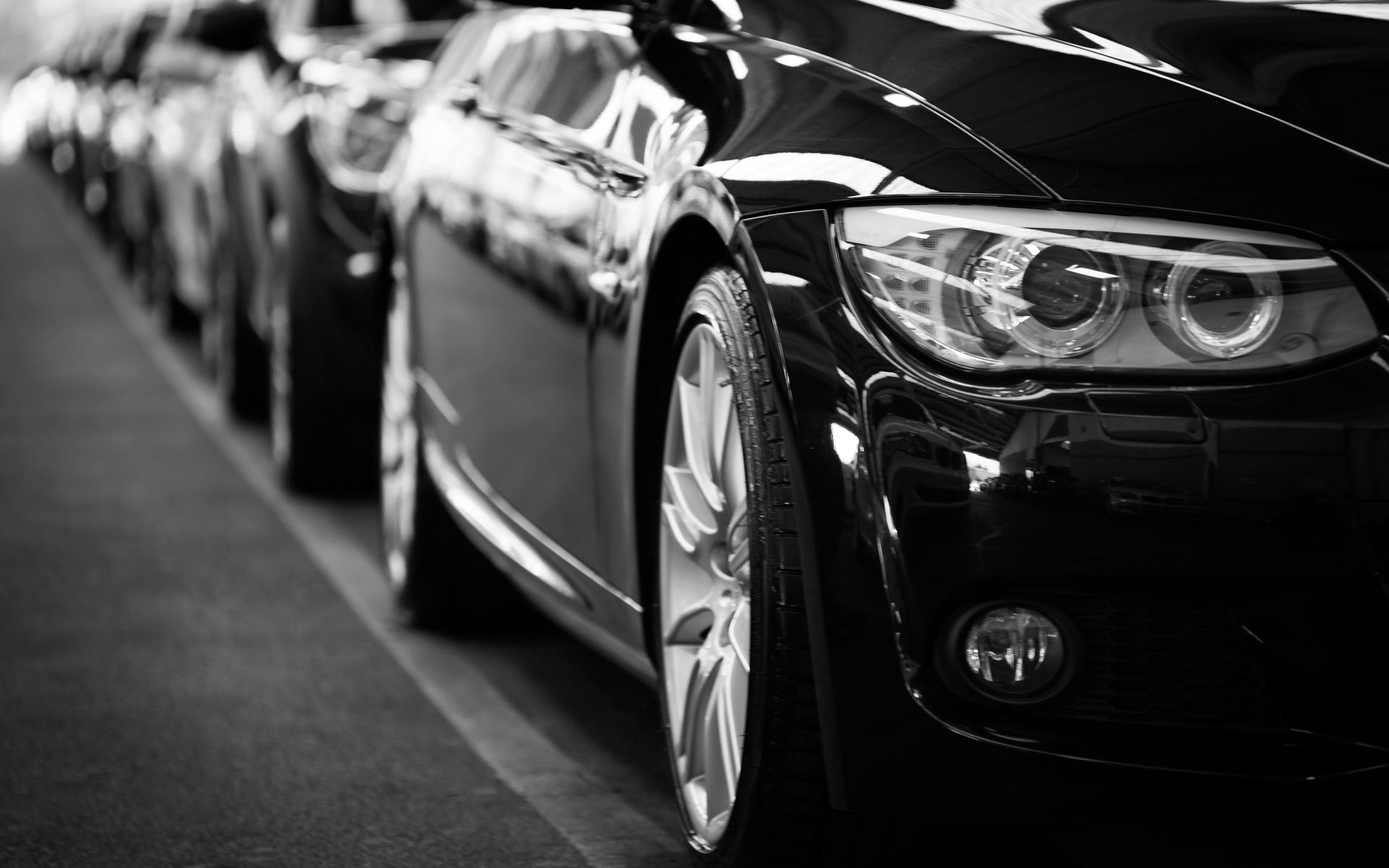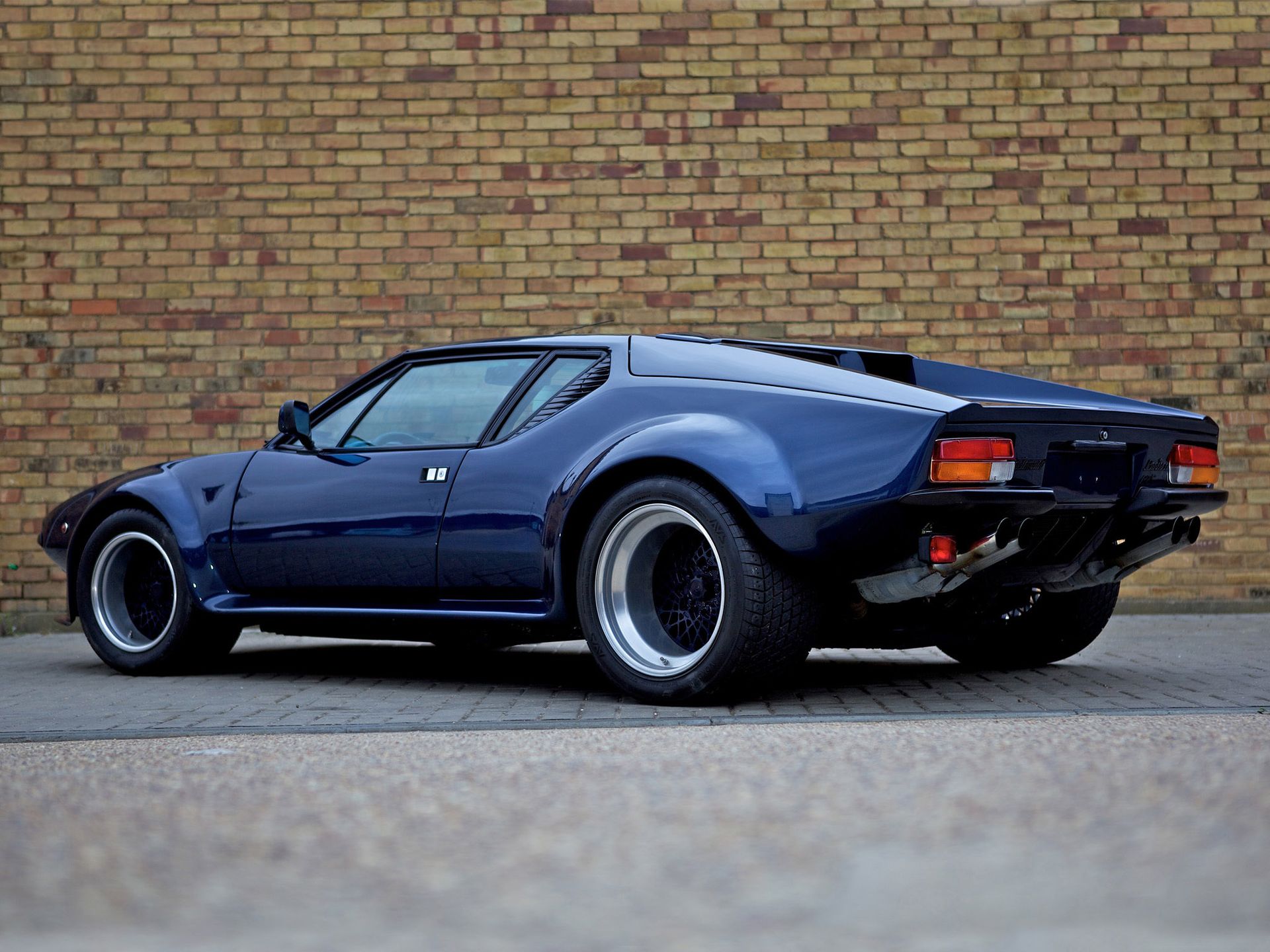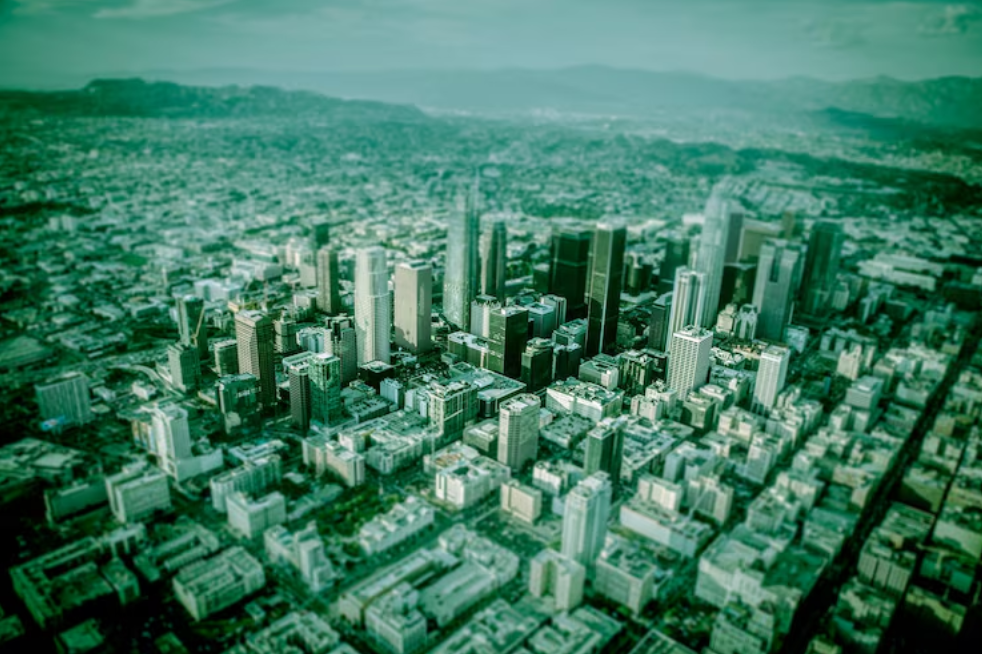Implementing Tomorrows Transportation
Implementing tomorrows transportation requires brand-new technology

photo credits: pexels.com
What will it take to replace cars and rockets? It requires innovative research for energy efficient vehicles. Cars and rockets are vehicles that oppose efficient energy use. The challenge is the process of maintaining the status-quo in patterns of human thought.
These next two paragraphs are editorializing. When a new idea is proposed, holding a totally revolutionary concept, it’s referred to as disruptive. Market change is incremental. In the transportation industry, the concept of magnetic levitation (maglev) technology is unanimously accepted as a practical approach for transit. With the mystery of entrenched moral turpitude for political procedure in free countries, it’s curious as to why the only country in the world that has implemented maglev technology into public transit is Communist China. The rest of the world is either too poor or too heavily involved in the corruption of incestuous bureaucratic procedure; maintaining its status-quo.
Many new transportation ideas get buried in ruin. Other ideas are ignored. Some ideas are frivolous to begin with. The entire industry of Personal Rapid Transit (PRT) was discounted into nothingness. The political will to provide transportation alternatives have been removed in Western culture. The initial concept of PRT computerized switching technology with grade separate transportation rights-of-ways, was thwarted by the financial interest of the affluent computer industry seeking their technology profitability using autonomous cars in the transportation industry. However, computers don’t regulate urban growth, transportation does. The consequence is maintaining the unsustainable proliferation of the automobile centric land-use design.
Viable solutions
The biggest concern and consumption of land with the expansion of automobile centric land-use design is how cars are supposed to fit in a confined area. There isn’t enough space for unlimited freeway expansion in every neighborhood.
In the blogpost Tunneling Transit, there is a glimmer of hope for transportation through the modern advances with tunnelling. The advent of tunneling freeways is unlikely, however, transit tunnels are extremely viable. The Hyperloop concept is still a possibility, although the above editorial accurately describes the lack of political dollars available for disrupting the automobile status-quo.
How does tunneling become viable? The history of the US land-use design in the 1800s was built upon its transit-oriented land-use design. The 200,000 miles of railroad infrastructure was privately funded.
From the blogpost, ‘What is Alternative Transportation’:
All rail infrastructure is the responsibility of private enterprise and remains profitable. US automobile infrastructure has only one owner: the government. Roads, in conjunction with the automobile, are unsustainable; and its infrastructure is not profitable. Unlike rail carrier companies, automobile manufactures hold zero responsibility to their product’s infrastructure use. The burden of infrastructure is a contributing likelihood to the fall of railroad miles and the consequent increase of the automobile’s use.
Are there conceivable practicalities for the advancement of a new mode of transportation? Social demand is the main driver for innovation. The necessity for technological advances poise transportation as the next paradigm for technology. This is not to be confused with the massive amount of giant computer technology companies injecting billions of computer dollars in an attempt to manipulate traffic for the purpose of creating additional revenue streams with the advent of autonomous cars; currently being pursued.
By re-creating private infrastructure, therein is viability for transit-oriented land-use development. There are currently two options for transit tunneling, The Boring Company and EarthGrid. A brief review is highlighted in the blogpost, Tunneling Transit.
The advantage to private development with transit-oriented development (TOD) is the use of existing transportation corridors. Many light-rail rights-of-ways currently exist within municipalities’ growth plans. Another advantage to building high-density station sights within transportation corridors is the preservation of outlying urban areas, predominantly used for farming or larger lot size and acreage size development that accommodates large animals.
High-density housing needs to be a choice of independence instead of a demand. High-density residential is advantageous for those who choose the convenience of being close to retail accommodations and business. The concentration of high-density development consolidates urban land area and maintains commerce centers in the high-volume traffic zones.
Land-use for alternative transportation options
Transportation is the foundation to all urban growth. Changing transportation, results in a different type of land-use design. Blending a transit-oriented land-use design into an automobile centric land-use area is comparable to using horses and large animals as a primary source of transportation in a heavily populated transit-oriented downtown area. Large animals would be unpleasantly intrusive. Large animals used as a mode of transportation, fits into the agriculture land-use design.
The urgency to discover a brand-new mode of transportation is at the threshold of emergency status. However, there is extremely little interest from the automobile transportation sector. Maintaining the status-quo is its only priority. As an example, here are two pictures:

This picture is a Ford-F40, considered a modern supercar. These Fords were produced in 1964. The car in the picture is now 60 years old.

This is a Pantera. A mid-engine production car from 1971 through 1973.
Compare the two cars, fifty and sixty years old, to the brand-new supercars available today. How many design changes are there to the overall body style, keeping in mind; these are transportation technology’s most advanced production styles.

This is a brand-new supercar design. Notice the new body style design changes that have been developed over the past 60 years through the sophistication of technology.
The point to be made is that all transportation changes over the past many decades are from the advances in other industries. The computer industry with advances in machining prowess have made incredible advances to materials used in transportation components. Data storage and the communications industries have increased safety for transportation. This shows that transportation as an industry is merely maintaining to improve its 200-year-old train technology, its 125-year-old car technology, and its 100-year-old aeronautics technology. Other industries have made phenomenal technological advances. The transportation industry is reliant on other industries to capture maintenance of its status-quo.
The transportation industry is at the prime place for something new. A new mode of transportation.
Efficient energy for transportation
Where can transportation expect to find a brand-new mode of transportation? Transportation today is fixated on propulsion drive. The transportation industry doesn’t even ask if there’s other way than vehicle propulsion. This concept of physics principal forces resistance.
Discovery for a brand-new mode of transportation requires researching areas of physics where resistance isn’t. The very basics of magnetism clearly show two poles of force: attractive and repulsive. Gravity only holds an attractive motion.
Taking a close look at the fundamentals of physics, it shows that the centrifugal force of a chemical explosion is destructive. A closer view at the center of an explosion reveals atoms of molecules actively expending energy in an equal proportion with waves of energy in 360 different degrees. With the heart of energy release at the subatomic level, it’s impossible for an explosion for the purpose of fuel for propulsion to be efficient. Increasing a rocket’s blast capacity and adding additional rocket engines has proved ineffective to overcome an explosion’s constancy of physics. It’s an inefficient use of energy.
A new mode of transportation is the only solution to attain ultra-fast space travel speed. The fastest speed reached by mankind was with the Parker Solar Probe. By using the attractive motion of gravity, the Parker Solar Probe reached a speed exceeding 400,000 miles per hour. What better example can be used to illustrate the potential of gravity being used for space travel?
Beyond space travel, many of the CATTCC blogposts discuss the researched studies of utilizing levitation for developing a new mode of short distance transportation. As said previously: the future of transportation floats, its source for motion is with the manipulation of gravity.



